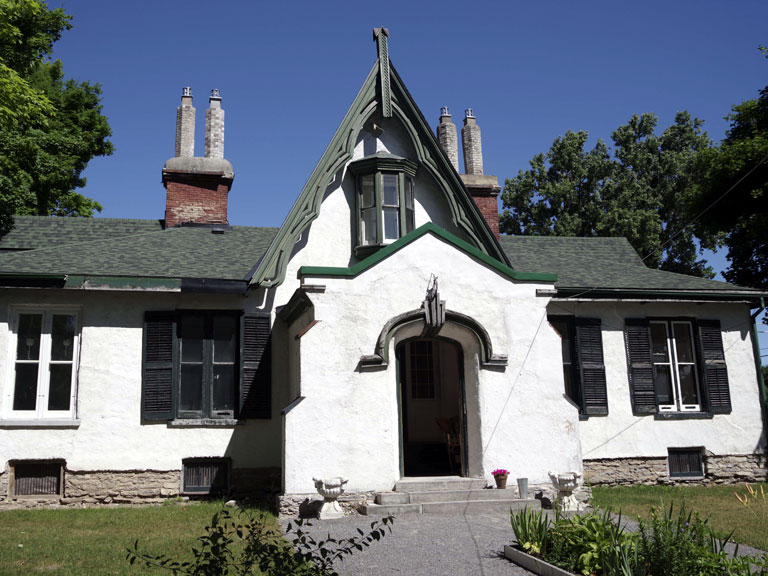County News
Stepping through history

Walking tour of Picton brings its colourful history to life
Long before European explorers arrived, the land upon which Picton is sited was used as summer fishing camps by First Nations peoples. A vast forest of hemlock, oak, maple and fir covered the area. French missionaries came through the region in the late 1500s, and in 1615 Samuel de Champlain visited the area with his Huron allies. The European settlement of this area began with an influx of Loyalists fleeing the American Revolution, and the Gunshot Treaty between the British and the Mississauga First Nations was signed in 1787 as a means to give ownership of the land to the Crown. While the treaty was grossly unfair to the Indigenous people, it set a legal precedent for First Nations’ title to land that is used to this day. The built heritage of Picton starts in the early 1800s, and this and the subsequent history of the town and its inhabitants is the subject of a 90- minute walking tour devised by historian Peter Lockyer.
The tour was developed in partnership with the Regent Theatre, the Chamber of Commerce, the Business Improvement Association and the Community Development Department. “It’s all about taking the dormant history that lives in every community, the wonderful stories from the past, and making that into a product,” says Lockyer. “There are so many stories along Main Street in Picton, so much that’s happened in this community. The stories are there, waiting to be told. But if we don’t tell the stories, if we don’t document the stories, they just disappear over time.” The tour begins at the Regent Theatre and goes west along Main Street, with some detours along the way to the United Church, then stopping at the House of Falconer before continuing along King Street to Benson Park.
Lockyer’s tour is designed to bring the history to life, with anecdotes and stories of the people who lived in the town, of the original uses of some of the existing buildings, of places in the town where buildings were lost, and of those buildings that have been or are being preserved. “There’s some interesting things in what’s current now,” says Lockyer. “Because you have the Royal Hotel being restored, the Armoury being restored, the Falconer House. These are all positive aspects of people seeing the value in restoring heritage rather than tearing it down. History is one of the top four reasons why people go anywhere, so it can be a huge economic driver.”
The walking tour highlights the social and economic divide of the town in the 19th century, with a bustling commercial Main Street, working-class houses on Mary Street, and stately homes along Queen Street. The sheer number of hotels and drinking establishments on the main drag was a driver for the fierce Letitia Youmans and her Temperance Movement. The original wooden buildings have been lost to fire or decay, but the brick and stone structures have survived for the most part. Some buildings have been repurposed. The building now occupied by the Bean Counter was once a grain mill. Across the road, the Gilbert and Lighthall building once housed a coffin- making business, and a trace of that survives with the obituary box on the front facade. The United Church manse has found new life as a boutique hotel, and at the corner of Main and Chapel the 555 Brewing Company pays tribute to the infamous Lazier murder trial. “People have told me anecdotally over the years that the biggest question in tourist season in Prince Edward County is, ‘What is there to do here?’” says Lockyer. “Of course, there’s all kinds of things to do, but I’d like one of the responses to be that you can take a hometown history tour.”
For tour times and details, visit theregenttheatre. org/tickets.

Comments (0)